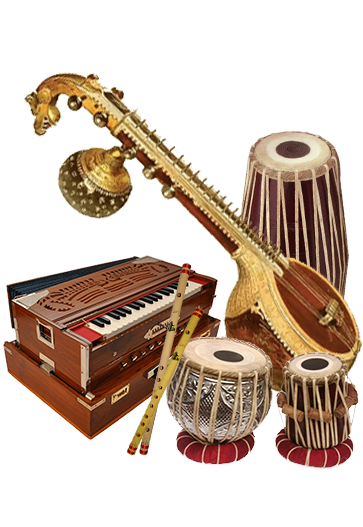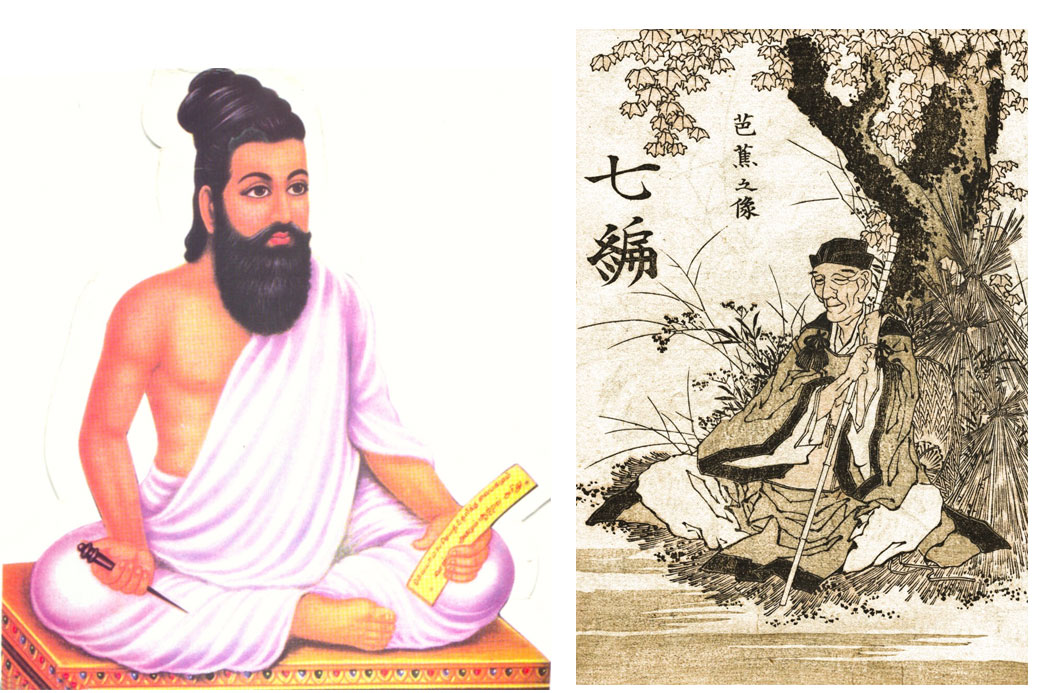

KNCCI : “CULTURAL EXCHANGE, RECOGNITION AND CO-CREATION”
Both Japan and Tamil Nadu have an iconic cultural heritage that goes beyond the millennium. Cultural exchanges started in the 6th century, with Bodhisena, born in Madurai, Tamil Nadu one of the first intellectuals to visit Japan, Naniwa (Osaka) in August, 736. Both cultures have striking similarities starting with respect for nature doesn’t matter if it is living or non-living, exemplified by Mount Fuji in Japan and the five lord. Out of the seven gods of fortune in Japan, four are the same as Hindu gods with different names; Benzaitensama (Sarasvati), Bishamon (Vaiśravana or Kubera), Daikokuten (Mahākāla / Shiva), and Kichijōten (Lakshmi). Koto & Veena, Thavil & Okedō musical instruments are like cousins. The rigor that goes into making musical instruments and the way to play them, dance & songs, painting, carvings are quite similar due to cultural exchanges over centuries, which has also added value to both sides. Shiva temples in Tamil Nadu, representing the five elements of nature; Earth, Fire, Water, Air, Earth, and Ether.
Historical cities also as a coincidence have similarities with Buddhism being a key connect. Heian-kyō (Currently Kyoto) has been in existence for more than a millennium like Kancheepuram, which has been around for 2500years. Both cities during those days were planned to meet the needs of citizens from farmers to soldiers. The promotion of cultural practices was strongly promoted by the rulers. Great Buddhist scholars such as Dignāga, Buddhaghosa, and Dhammapala lived here too. The impact of Buddhism has been such that, the Tamil poet, Chithalai Satthanar who wrote the Tamil epic, “Manimekalai” is believed to have practiced. Buddhism. Sa-tha-naar pronounced as Satthanar derived from the Tamil word sāttu meaning Buddhist monk.











